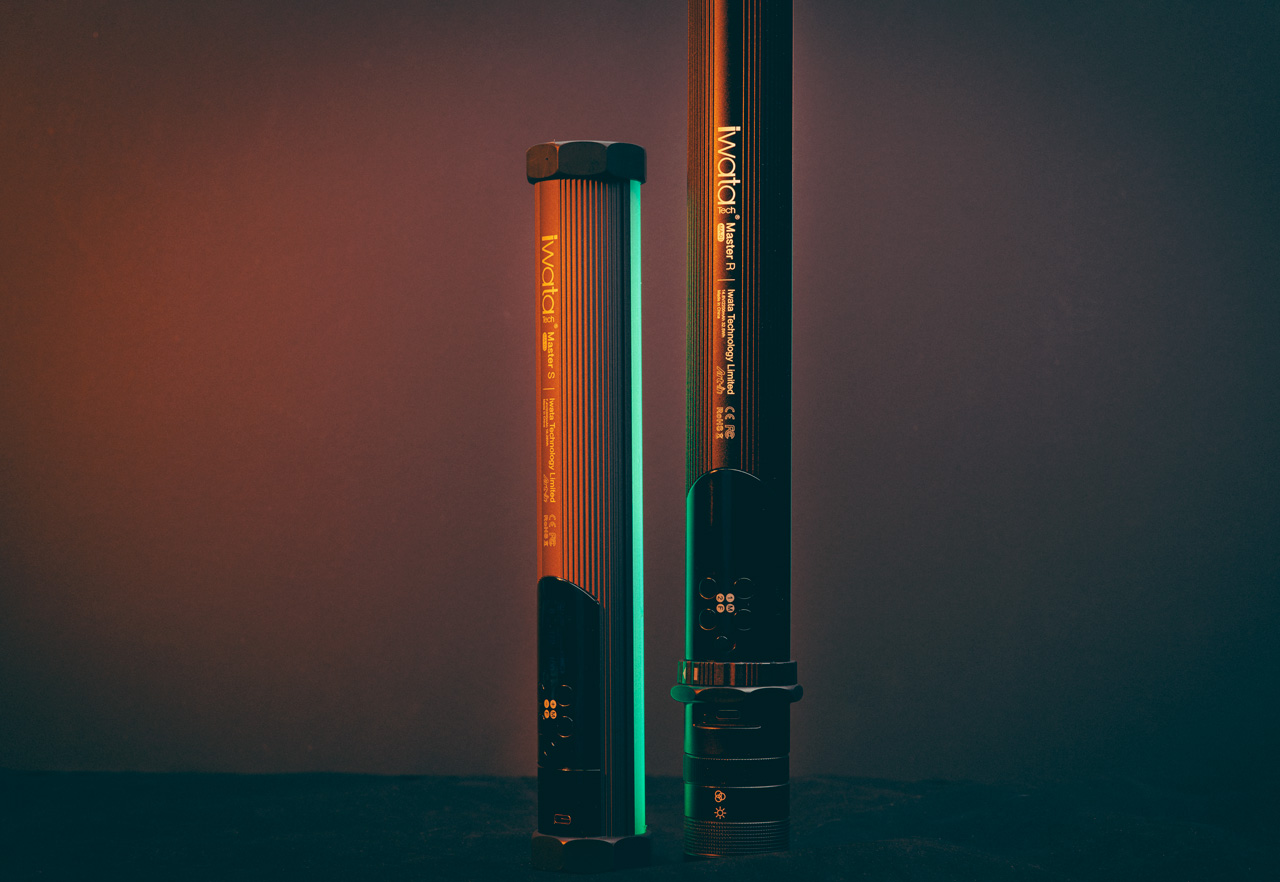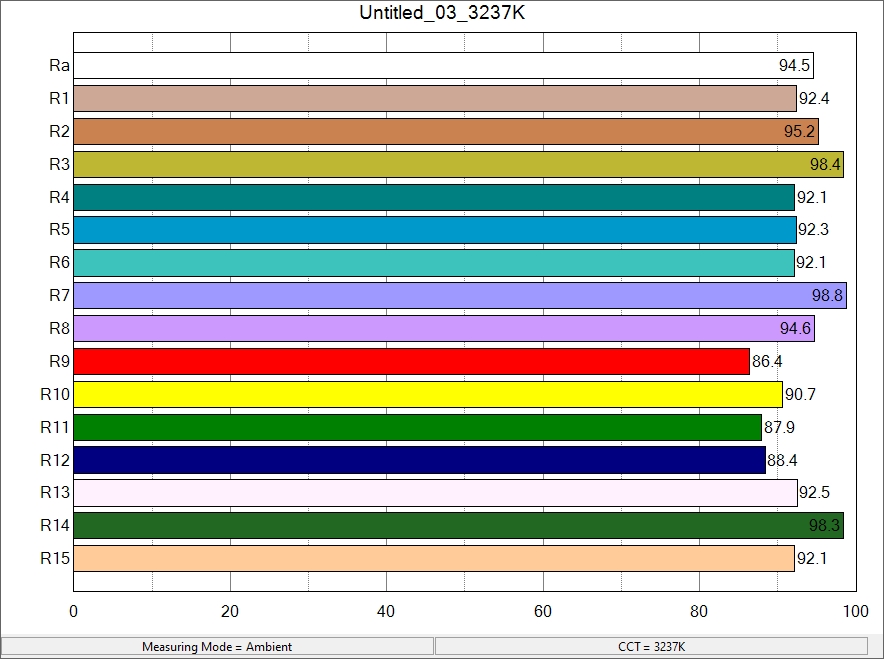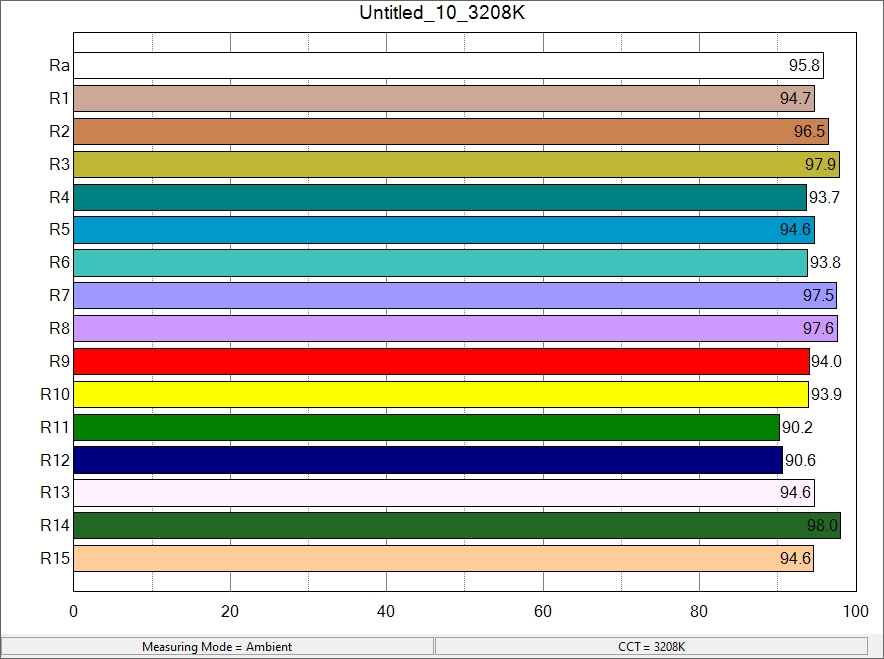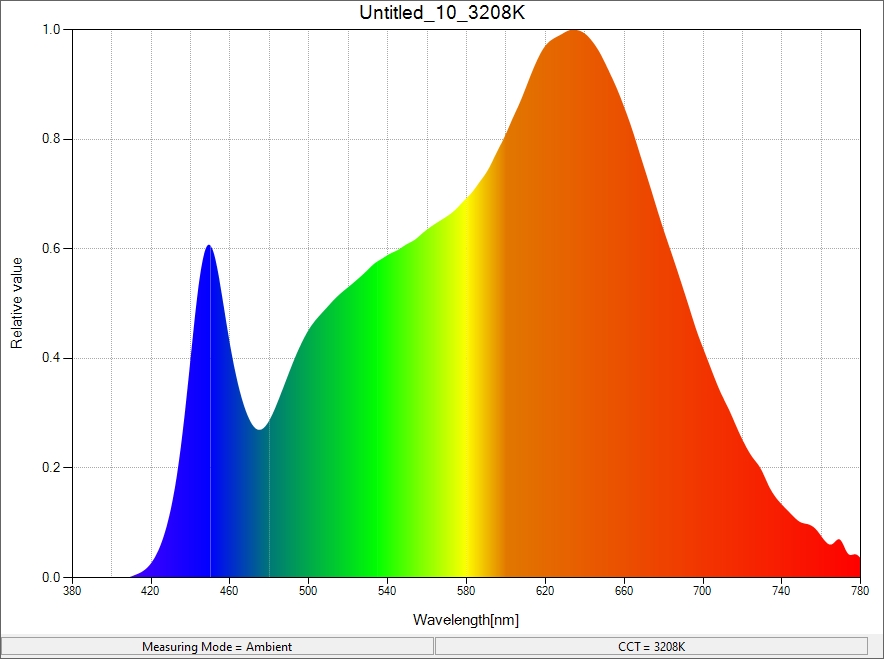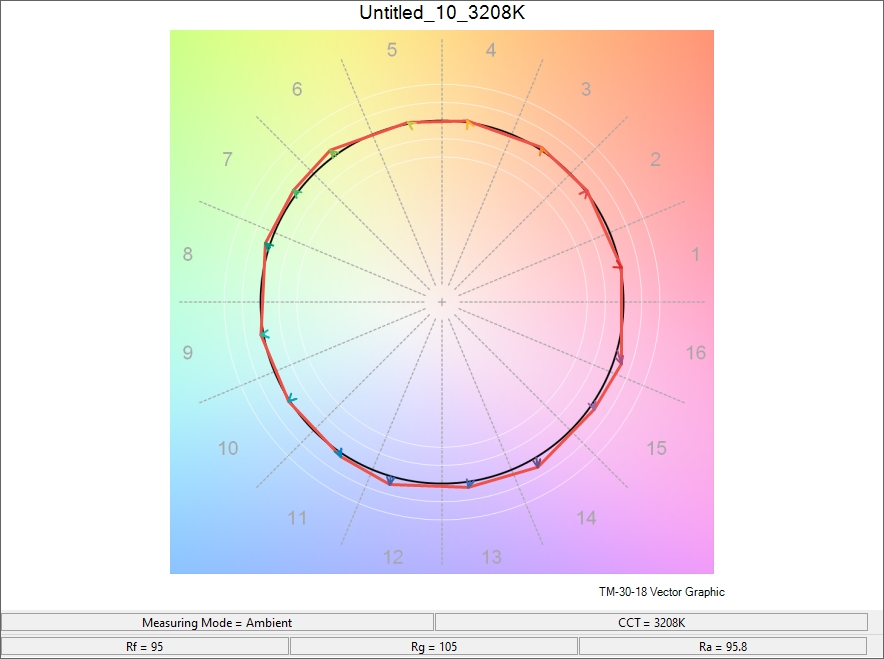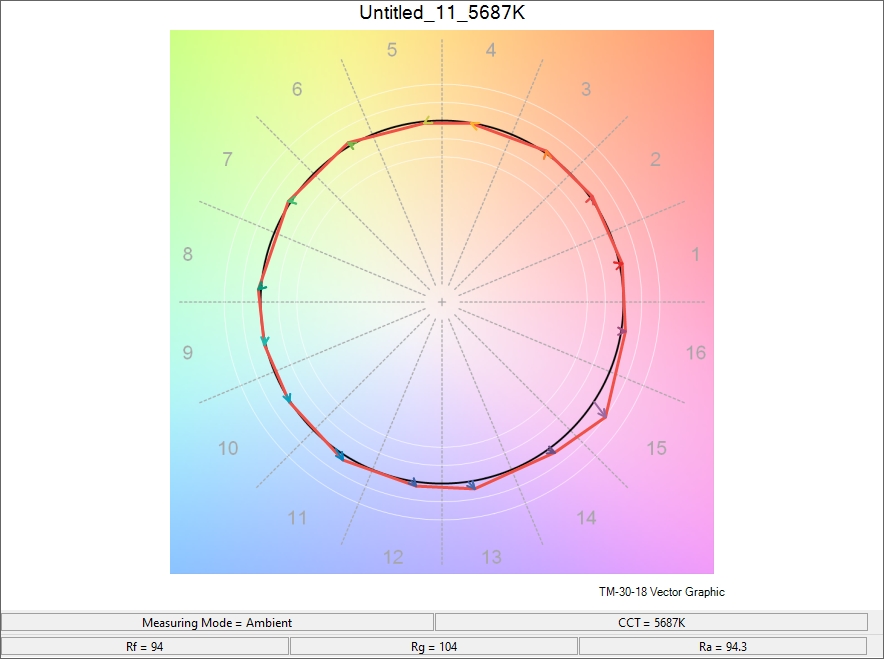Today, we will be taking a look at a couple of tube lights from the Chinese manufacturer iWata Tech, and as we shall see, they bring a number of interesting design and functionality innovations to the table.
We won’t lie, we really love tube lights. We feel that for shooting products (and to a lesser degree food), which is what we do a lot of for LensVid, and also commercially, tube lights are a fantastically versatile tool.
Last year we tested the Laysion ZIP-2 RGBWW 20W Tube Lights, and we really liked them. The problem is that they are pretty large and heavy, and also very hard to find.
The Iwata-Tech lights are lighter, more affordable, available on Amazon, and have a few interesting tricks that can prove to be very useful.
iWata Tech Master R (right) and Master S
Build quality and design
In this review, we are taking a look at two different tube lights from Iwata-Tech: the 35cm/1.1ft 16W Master R tube light (total length of the light is just over 42cm) and the somewhat more basic 6W 23cm/0.75ft Master S tube light (26cm total length).
Both lights have 1/4″ 20 threads on both ends, and the Master R also has strap slots on both ends. Both are made from metal with a plastic front cover, and feel very well-made and pretty robust (around 366g/13oz for the Master S and 663g/23oz for the Master R).
Both lights have a USB-C charging port for an internal battery with 2200mAh capacity (with support for Power Delivery and quick-charge options). Both have an on/off switch and four control buttons, as well as an OLED information display, which comes in very handy.
Upon first glance, it seems that the Master R is just a larger version of the Master S, but a closer inspection reveals some important differences. The Master R has 4 extra control rings which do not exist on the Master S: two on the handle and two on the light itself (we will explain what they do in a moment).
The master S has a pretty strong magnet on both of its sides, which allows you to attach it to metal surfaces, while the larger Master R does not, probably due to its heavier weight (our large and heavy Laysion tube lights also have magnets but they were not able to hold the light and thus were kind of useless). It would have been nice if there was another 1/4″ 20 thread on the back of the Master R though.
One last note. As you can see the plastic diffusion on the Master S is less transparent compared to the Master R, we will see if and how it affects the light’s performance later on in this review.
Master S/R Operation
One of the things that we really appreciate about the iWata Tech lights is how intuitive they are to operate.
As we noted, both have an on-off switch and four buttons, as well as a very clear OLED screen. The screen has tons of useful information, including power level, color temperature/hue and saturation, battery life, and wireless connection status.
One other feature that we appreciate is that the screen has a gyroscope, so if you turn the light, the display turns as well – a really nice touch.
The smaller Master S is the simpler of the two lights. Other than the on/off, it has four buttons – M, F, + and -. The M button toggles between options, the F turns the light on and off (but keeps the display working) and the plus/minus buttons change the settings.
Intuitive control and informative OLED screen
Each button also has a secondary function if you long-press it. So the M toggles between CCT, HSI, and effects modes. The F goes to the short menu (where you can lock the screen, choose the standby time, Language, etc.). On the Master S, the plus and minus do not seem to have a secondary function.
One important feature worth noting is the ability to change the Green/Magenta color shift on both lights. Recently, this has become more common on less expensive lights and is an important addition.
Moving over to the Master R, you get the same button layout, but this fixture also features a handle that has two dials – one controls the intensity, and the other controls the color temperature or Hue depending on the mode. Using the dials, it’s much easier and faster to change the settings, and we really like this feature.
The Master R also allows you to use the plus and minus buttons as presets (you set them with a long press and recall with a short press – really nice and useful).
Another feature the Master R has that is missing from the Master S are two rings that close down special “blinds” or doors inside the light. This allows you to create a narrower beam of light, giving a really nice effect.
Speaking of effects – both lights have 7 different effects which you can choose from and customize. These can be very useful on such a versatile tool as a tube light.
Finally, we have app control, and sadly at this point, we can’t really comment on it, since iWata Tech only released an iOS version, which we have no way of testing. The company did promise an Android app later on, and we will be waiting to test it when it becomes available.
Lights Performance
We tested several aspects of the lights’ performance, including battery life and charge time, output, color accuracy, and different photometric measurements.
When it comes to battery life, we ran both lights and got almost two hours and 15 min of runtime at 100% intensity at 5600K. We should mention that the information screen does show the expected battery duration based on the current setting of the light, which is really useful and seems to be pretty accurate.
Using our fast charger (the fast 2.0 from Chargeasap – see review here) we got both lights from 0 to 100% charge in about 2.5 hours.
Neither light has an internal fan, because they use their metal body to dissipate heat, and can get pretty toasty, so be careful when you handle them (the Master R gets hotter but its handle does stay cool).
Lights Output
We tested both lights using our Sekonic C-800 spectrometer (review coming soon) and we got the following results from 1m away:
Master S
- 3200K (set on light) = 121lux
- 5600K (set on light) = 120lux
- 2000K (set on light) = 108lux
- 10,000K (set on light) = 133lux
Master R
- 3200K (set on light) = 328lux
- 5600K (set on light) = 354lux
- 2000K (set on light) = 281lux
- 10,000K (set on light) = 347lux
If we compare the output of the Master R to that of the larger and more expensive 20W Laysion ZIP-2 that we tested before, we see that it is only slightly less powerful, while it is much more compact.
Of course measurements from 1m don’t make a lot of sense for this type of wide beam tube light, and so we also did a few tests from 30cm away:
Master S
- 3200K (set on light) = 1490lux
- 5600K (set on light) = 1550lux
Master R
- 3200K (set on light) = 3080lux
- 5600K (set on light) = 3010lux.
We also measured the output in several different HSI (RGB) modes with both lights (1m away):
Master S
- Red (HSI 000 on the light) = 63lux
- Green (HSI 70 on the light) = 113lux
- Blue (HSI 230 on the light) = 81lux
Master R
- Red (HSI 000 on the light) = 146lux
- Green (HSI 70 on the light) = 252lux
- Blue (HSI 230 on the light) = 184lux
We also looked at the output when both the “blinds” are closed all the way on the Master R and we got a result of 247lux from 1m (5600k), so basically no real reduction in output.
Photometric measurements
Color accuracy really surprised us with the Master S, and even more so with the Master R. Both lights were typically less than 100K from their set temperature, and only at 10,000K, we started seeing a little more difference, which is pretty impressive.
When it comes to CRI and TLCI, we got the following results. These are quite good, especially when set to tungsten:
Master S
- 3200K = 94.5 CRI (R9 = 86.4; R12 = 88.4), 98 TLCI
- 5600K = 94 CRI (R9 = 75.9; R12 = 86.3), 99 TLCI
The CRI and spectral distribution results of the Master S at 3200K
The CRI and spectral distribution results of the Master S at 5600K
Master R
- 3200K = 95.8 CRI (R9 = 94; R12 = 90.6), 97 TLCI
- 5600K = 94.3 CRI (R9 = 80.9; R12 = 86.4), 99 TLCI
The CRI and spectral distribution results of the Master R at 3200K
The CRI and spectral distribution results of the Master R at 5600K
Finally, as we normally do, we also tested the Spectral Similarity Index (or SSI) and TM-30-18 readings:
Master S
- 3200K = 83 SSI, 95 TM-30-18 Rf, 104 TM-30-18 Rg
- 5600K = 73 SSI, 94 TM-30-18 Rf, 104 TM-30-18 Rg
The TM-30-18 Rg results of the Master S at 3200K
The TM-30-18 Rg results of the Master S at 5600K
Master R
- 3200K = 83 SSI, 95 TM-30-18 Rf, 105 TM-30-18 Rg
- 5600K = 73 SSI, 94 TM-30-18 Rf, 104 TM-30-18 Rg
The TM-30-18 Rg results of the Master R at 3200K
The TM-30-18 Rg results of the Master R at 5600K
Conclusion
We came into this review without any expectations, as these were the first products from iWata Tech that we got to play with. However, as you have seen, the results turned out to be very impressive indeed.
Both lights are well made in a metal design, fantastic information screen and very easy controls (especially the larger Master R). Light output at close range is very good, and Photometric tests indicate good and, what’s especially important, very accurate colors.
We especially liked the two control rings on the Master R, as well as the unique blinds which let you create a more narrow beam, which can be useful for product shots for example.
There are very few downsides to these lights. It would be nice if the Master S also had the features of the Master R, such as the extra control rings and handle, but in a smaller package, and if both had a 1/4″ 20 connector on the back.
As we have mentioned, at the time of this review, there is no Android app to control these lights, but hopefully, this downside gets a fix soon.
As a whole, we give the Master S and especially the Master R a big thumbs up.
Good all-around innovative design – Master S/R tube lights
Pricing
As a bonus, when it comes to pricing, both lights are extremely affordable for what you are getting. The Master S sells for just under $120 and the Master R sells for just under $180 on Amazon.
Update: iWata Tech just reached out to us and let us know that pricing on their website for LensVid users is even lower (actually considerably lower, making both lights a really attractive deal). The Master S sells for $88 while the Master R sells for only $159.
You can check out more LensVid exclusive articles and reviews by following this link.

You can support LensVid by shopping with our affiliate partners
Affiliates: Amazon, B&H, Adorama and E-bay.
Why should you trust us?